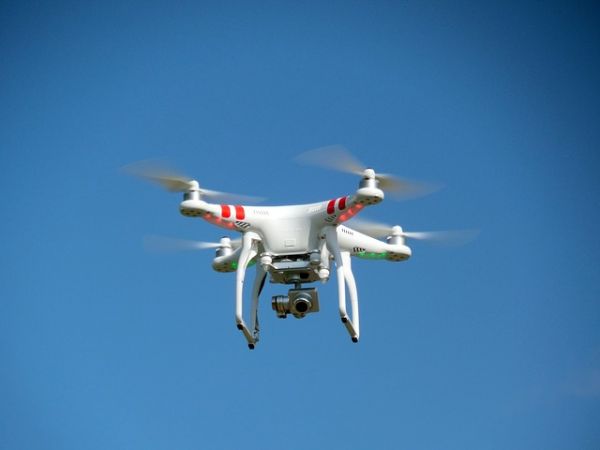One of my favorite moments at ILMF was when we crammed a murderer’s row of 10 different UAV experts on the stage, threw a few topics at them, and sat back to see what happened.
What happened was a pretty healthy amount of disagreement.
The conversation began with discussion of sense-and-avoid technology, air traffic control tech, and so on. Everyone seemed to agree that these technologies are a good idea and developing quickly enough that we should take them very seriously. The conversation got interesting when an audience member asked, “Do you ever see the point where the government might want you to use only autonomous systems because, built into those systems is the ability to avoid airports and things like that, where a normal person might do something stupid?”
No way, says John Perry, CEO of Altavian. “My very short answer, is that you have to have a pilot in command, to be responsible for the safety of the aircraft. For us, at least, there’s always a pilot that has to be responsible and liable for that operation.”
This is a smart take, as issues of liability with UAVs still aren’t resolved (as Jeff Cozart of Juniper Unmanned had argued earlier in his own presentation). If your UAV is on autopilot and it hits an airplane, you’re likely going to be held accountable.
Don Weigel, VP of product for Airware, disagreed only slightly. He made the argument only that more automation is actually the safest way forward. “We believe that autonomy is a key part of safety, whether you’re a certified pilot or a certified operator, having the autonomy built into the system to enable not only safe takeoff and landing and safe operations. But most importantly, what happens when there’s a failure on the aircraft? That contingency response built into the flight control computer is a key thing.”
In other words, when the human pilot can’t control the aircraft, autonomy becomes absolutely necessary. We can all agree that the mixture of a human spotter or pilot and sophisticated automation is a safe option. Was anyone willing to argue that it’s safer when we take the pilot out of the loop? As it turns out, no.
But to hear the representative from Drone Deploy speak, it doesn’t really matter. Whether it’s safer or not, full automation is going to happen eventually because it’s necessary for UAVs and UASs to reach their potential.
As he explained, “If you think about packages being delivered within hours, the way a company like Amazon is thinking about doing, that stuff just can’t be done with a pilot in the loop at all times.”
What I took from the rest of his argument is that fully autonomous aircraft might be acceptable if they are a reasonably safe option, even if it not necessarily any SAFER than having a human pilot in the loop. This is because autonomous systems can account for problems that the human pilot cannot.
“I foresee that an organization like the FAA or NASA will mandate that a standard hardware is on every drone that goes up in the air, and that hardware knows how to tell the air traffic control what the sensor state is, whether the GPS can see enough satellites, whether the system has a good radio link where it can stay in contact with air traffic control. And if any of those checks fail, the system will just not be allowed to take off, regardless of whether it’s hobby or commercial. And if those checks pass, that will be sufficient to make sure that the UAV will not fall out of the sky.”
In the end, when we ask if it’s safer to create fully autonomous systems or keep humans in the loop, the answer is less exciting than you’d probably hope: automate whatever you can, but keep people in the loop wherever possible. That is, unless you’re gunning for a Terminator-style rise of the machines.






